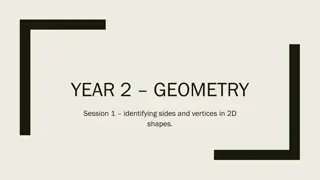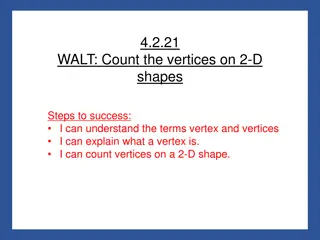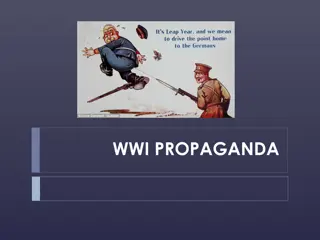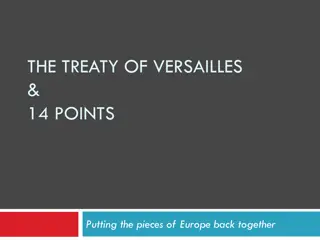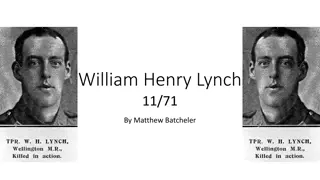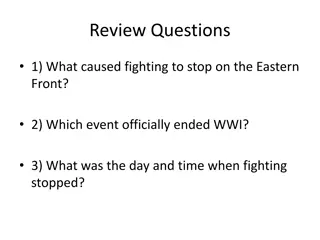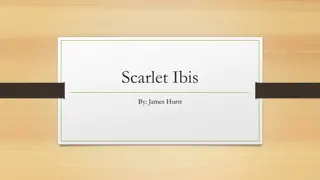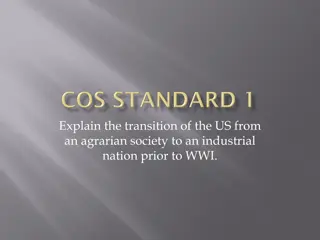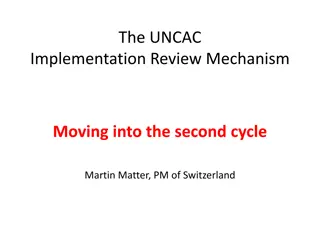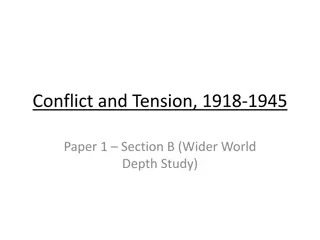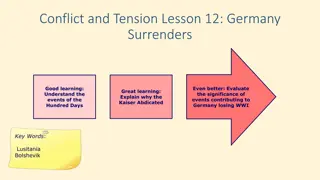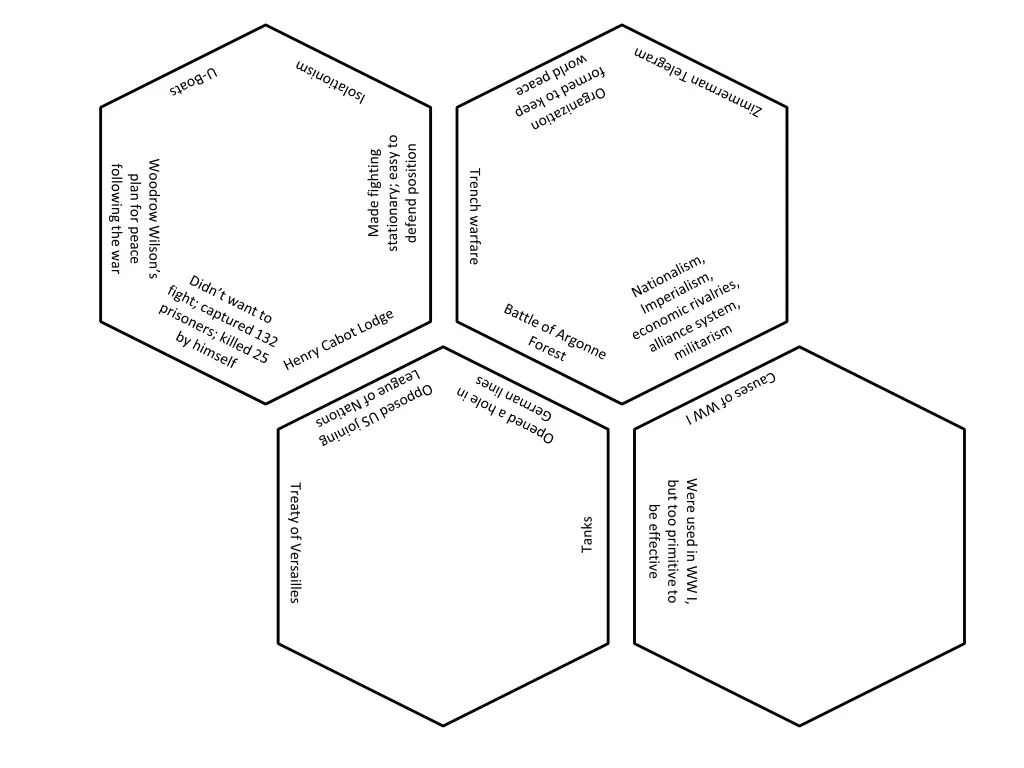
Woodrow Wilson's Trench Warfare and the Treaty of Versailles
Learn about the stationary, easy-to-defend positions in World War I, Woodrow Wilson's plan for peace, the Treaty of Versailles, and the impact of tanks. Explore the peace terms, Germany's punishment, the League of Nations, and the US entry into WWI. Discover the reasons for the US's unrestricted entry, including closer ties with allies and submarine warfare.
Download Presentation

Please find below an Image/Link to download the presentation.
The content on the website is provided AS IS for your information and personal use only. It may not be sold, licensed, or shared on other websites without obtaining consent from the author. If you encounter any issues during the download, it is possible that the publisher has removed the file from their server.
You are allowed to download the files provided on this website for personal or commercial use, subject to the condition that they are used lawfully. All files are the property of their respective owners.
The content on the website is provided AS IS for your information and personal use only. It may not be sold, licensed, or shared on other websites without obtaining consent from the author.
E N D
Presentation Transcript
stationary; easy to defend position Made fighting Woodrow Wilson s following the war Trench warfare plan for peace Were used in WW I, but too primitive to Treaty of Versailles be effective Tanks
Peace terms ending Germany punished; of Austria-Hungary League of Nations territory; dividing Fourteen Points Germany lost and Turkey; WW I draft men to serve Selective Service government to Ended WW I Allowed in war Act
US entry into WW I Other reasons for Closer ties with actions, British Allies, German blockade submarine warfare Main reason for US unrestricted entry into WW I German




